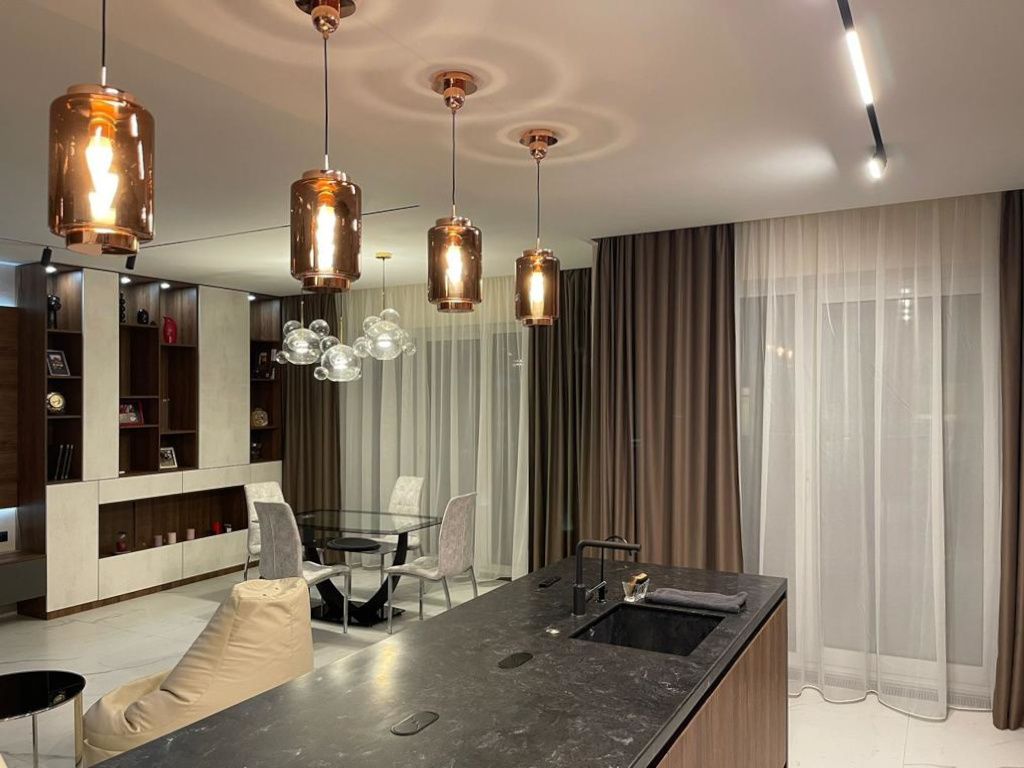
Culinary Spaces Redefined: Essentials for the Modern Kitchen
Introduction to Modern Kitchen Design
The kitchen has always been the heart of the home, a place where both food and memories are made. In recent years, the concept of the kitchen has evolved from a purely functional space to an area of creativity, relaxation, and social interaction. Today's culinary spaces are being redefined to meet the changing needs and preferences of modern homeowners. In this article, we will explore the essential elements that make up a contemporary kitchen, providing both aesthetic appeal and practical functionality.
Maximizing Spatial Efficiency
Modern culinary spaces are characterized by their efficient use of space. Open-plan kitchens that merge seamlessly with living areas are more popular than ever, requiring smart storage solutions and clutter-free countertops. Built-in appliances, multi-tiered drawers, and cleverly hidden compartments help maintain a sleek and tidy appearance while ensuring everything you need is within easy reach.
Innovative Appliances
Technology has brought a plethora of advanced appliances that redefine the functionality of the modern kitchen. Smart refrigerators, ovens with precision cooking technology, and high-powered, low-noise ventilation systems are just a few examples of how appliances can enhance the culinary experience. Induction cooktops and multi-functional devices like instant pots and air fryers also contribute to an efficient and flexible cooking environment.
Material and Color Schemes
The choice of materials and color schemes greatly influences the ambiance of a kitchen. Natural materials such as wood and stone are increasingly combined with metals like stainless steel and copper, striking a balance between warmth and industrial chic. Color-wise, neutral palettes with bold accents are trending, giving spaces a clean, modern look while allowing personal touches to shine through with colorful appliances or unique backsplashes.
Lighting That Makes a Difference
Proper lighting is crucial in the kitchen, not only for safety and functionality but also to create the right mood and atmosphere. LED lighting solutions offer energy efficiency and durability and can be used in various ways, from under-cabinet strips to statement pendant lights over islands. Layering light with a combination of ambient, task, and accent fixtures can transform the kitchen experience from daytime food preparation to an intimate evening gathering space.
Ergonomic Design
Ergonomics play a vital role in modern kitchen design. Adjustable countertops, pull-out workspaces, and strategically placed appliances all contribute to a comfortable and efficient cooking environment. Consideration of differing physical needs ensures that the kitchen is accessible and enjoyable for everyone, whether cooking a family meal or baking with children.
Sustainability
With growing environmental awareness, sustainability has become a key element in contemporary kitchens. Energy-efficient appliances, sustainable materials, and waste-reducing features are all aspects of a kitchen that looks to the future. Composting systems, water-saving faucets, and repurposed materials are just a few of the ways that conscious choices can be integrated into kitchen design to create a space that is not only beautiful but also kind to the planet.
Conclusion: The Future of Culinary Spaces
The kitchen will continue to be a reflection of the times, adapting to new technologies, evolving tastes, and environmental concerns. By incorporating these essentials—efficient use of space, innovative appliances, thoughtful material choices, effective lighting, ergonomic design, and a focus on sustainability—today's culinary spaces are not only being redefined but are also setting the stage for the future of home cooking and entertaining.